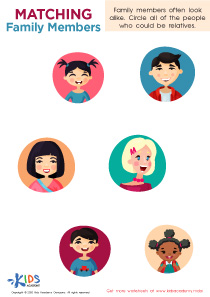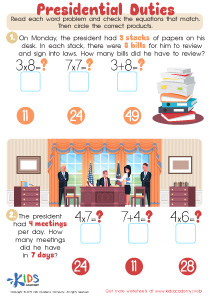Color recognition History Worksheets for Ages 6-8
3 filtered results
-
From - To
Discover our engaging Color Recognition History Worksheets designed specifically for children aged 6-8! These fun, printable activities help young learners explore the vibrant world of colors while developing their historical awareness. Through interactive exercises, children will match colors with historical events, figures, and artifacts, making history captivating and memorable. Our worksheets are perfect for enhancing fine motor skills and reinforcing essential color recognition abilities. Each worksheet encourages creativity and critical thinking, ensuring a well-rounded educational experience. Dive into the colorful past with our expertly crafted resources that make learning both enjoyable and effective. Perfect for classrooms and homeschooling alike!
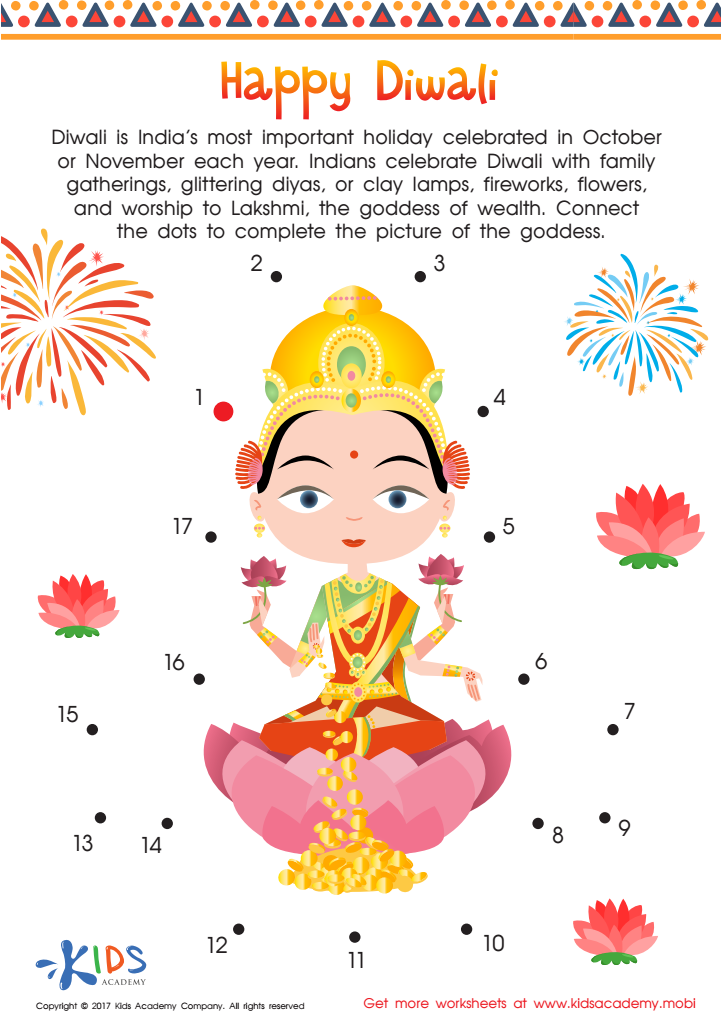

Happy Diwali Printable
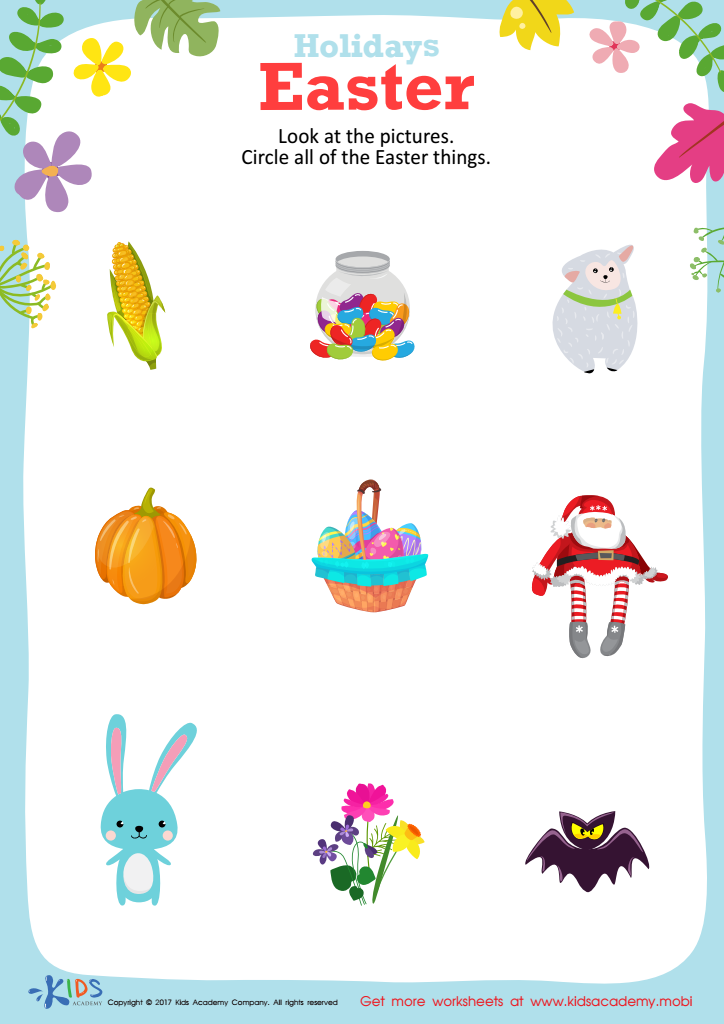

Easter Holiday Printable
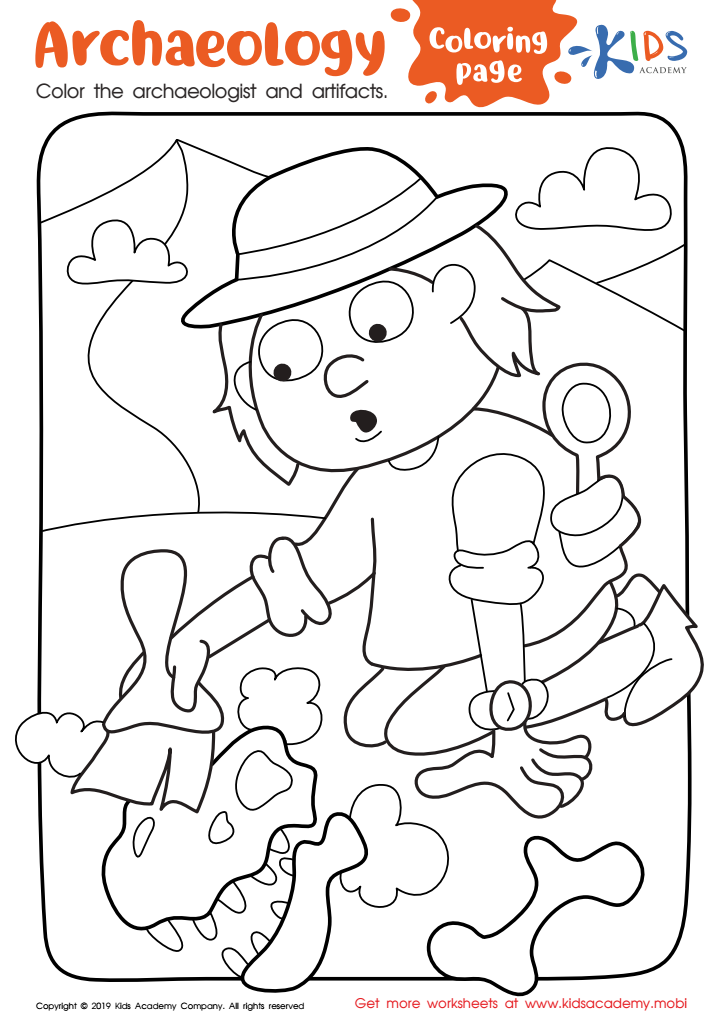

Archaelogy Coloring Page Worksheet
Color recognition is a foundational skill in the early educational journey of children aged 6-8, influencing not only their cognitive development but also their emotional and social growth. Understanding color helps children categorize and make sense of the world around them. Parents and teachers should care about color recognition because it lays the groundwork for vital skills, including language development, memory, and critical thinking.
Historically, color recognition education has evolved from simple identification to encompassing more enriched learning experiences. Today’s teaching methods can include art projects, nature observations, and interactive games that engage young learners. As children explore colors, they develop visual discrimination skills, which are crucial for reading and problem-solving in subjects like math and science.
Moreover, color recognition is tied to emotional awareness; colors often evoke feelings and can be used in discussions about emotions. This awareness can foster self-regulation and empathy in children. By including color recognition activities in both home and classroom environments, educators and parents can enhance a child’s overall learning experiences, ensure a solid foundation for more complex concepts, and support their emotional intelligence as they interact with the colorful world around them.
 Assign to My Students
Assign to My Students








.jpg)


